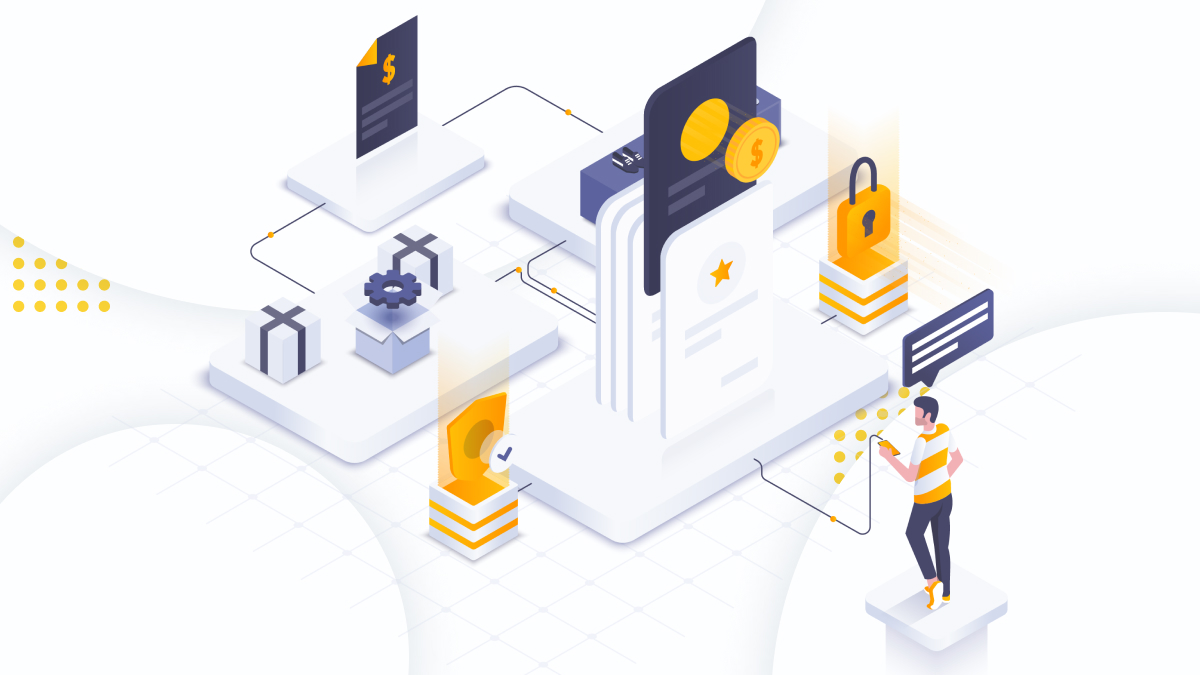SECURE 2.0: 5 Things You Need to Know to Prepare
Scott Spann

The last three years have been dominated by uncertainty. A global pandemic, soaring inflation, and a looming recession have all kept business owners and HR leaders bracing for an uncertain future while scrambling to address the challenges faced by their workforce. Despite their efforts, these rapid, repeated shifts have led to frailty in their workforce’s financial situation. With 63% of Americans living paycheck to paycheck, including half of those who make over $100,000 a year, the United States is in a financial wellness crisis that is only deepening.
The bright news is that these challenges have not gone unnoticed. The SECURE 2.0 Act of 2022 was passed late last year to address the short and long term financial needs of working Americans. The law loosens restrictions on retirement funds, creates new means of funding retirement plans, and provides liquidity to those most vulnerable.
SECURE 2.0 includes a number of provisions that provide employers with the tools to better prepare their employees financially. HR organizations need to prepare for the impacts many of these changes will have on their benefits budgets while simultaneously communicating these shifts to employees.
Here are the major takeaways from the Act and how BrightPlan can help you prepare.
Auto-Enrollment & Escalation
One of the most impactful provisions of SECURE 2.0 is a new auto-enrollment mandate. For all new plans after December 31, 2024, the Act requires employers to auto-enroll their employees with the ability for employees to opt-out. The auto-enrollment mandate also includes an escalation provision that calls for a 1% increase in an employee’s contribution every year, until a maximum is reached. This change may require employers to re-examine their retirement contribution budgets as this law is intended to generate a much higher retirement fund participation rate. Grandfathered plans may want to consult with their Total Financial Wellness providers on best practices for retirement plan design related to auto-enrollment and escalation features.
Student Loan Contributions
The SECURE 2.0 Act also allows employers that match retirement fund contributions to treat employee student loan payments as retirement fund contributions. This means that if an employee is paying $400 a month towards student loans, employers can match that by contributing $400 toward the employee’s retirement fund. This provides employers with another benefit in their toolbelt to better engage younger, educated employees who may otherwise be unable to save for retirement. Employers can begin matching these loan payments after December 31, 2023.
Emergency Savings Accounts & Withdrawals
Vital to emergency responsiveness, the Act also creates after-tax Emergency Savings Accounts that are tied to retirement plans. Beginning January 1, 2024, employees or employers can establish an Emergency Savings Account tied to and managed by the retirement fund provider. The accounts provide liquidity in times of crisis and allow for up to $2,500 in contributions per year. No fees are charged for the first four withdrawals per plan year. Additionally, SECURE 2.0 allows employees to withdraw up to $1,000 once per year from their retirement accounts (including IRAs) penalty free.
401(k) and 403(b) “Catch-up”
Beginning January 1st, 2025, catch-up limits will increase for those employees that are nearing retirement age. Employees between 60 and 63 years of age will see catch-up contribution limits increasing to $10,000 with caveats depending on the type of retirement account. Employees between 50 and 59 are still able to make catch-up contributions up to $6,500 per year. Pending retirement often elicits a lot of questions for employees. While this provision can help employees better prepare, proper communication from employers is necessary to reduce confusion, frustration, and delayed retirement.
Retirement Savings Lost & Found
As employees move through their careers, they sometimes forget about retirement accounts or have trouble accessing old accounts To solve this problem, the Department of Labor will create a national searchable lost and found database by December 23, 2024. This gives employees the ability to find previously misplaced or forgotten retirement funds and to begin the process of accessing the misplaced funds. Through this process, employees may need additional aid from their employer (or previous employer) in retrieving their funds and contacting plan providers.
Final Thoughts
SECURE 2.0 clears the path towards retirement for many and frees up funds for those who face economic hardship or uncertainty. For employers, retirement contribution budgets may increase, though the shift must be managed with appropriate planning. Employers need to understand these changes and clearly communicate the impact to their workforce. If you’re unsure of how to handle these changes, BrightPlan can help.
Access to a financial wellness benefit partner bridges the gap for you and your employees as you navigate these changes. BrightPlan is a leader in Total Financial Wellness and we partner with employers and give advice on how to handle legislative changes like this. At the same time, we provide employees access to digital financial planning tools, access to financial wellness advisors and Certified Financial PlannerTM professionals, robust financial education resources, and goal tracking tools. If you’re interested in learning more, reach out to our team.




